
ABBAutomatic Transfer Switch
I ON Transfer to LN1 Only available in automatic mode and remote test mode
O OFF Transfer to 0 position
II ON Transfer to LN2
Auto Select autiomatic mode, fault clearance and reset
Table 5. Buttons
4.3 Rotary switch settings
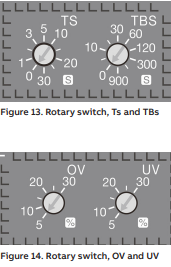
Transfer delay Ts The delay of transferring from the LN1 to the LN2 in automatic mode.
The options are 0, 1, 2, 3, 5, 10, 15, 20, 25, and 30 seconds.
Return delay TBs The delay of transferring from the LN2 to the LN1 in automatic mode.
The options are 0, 5, 10, 20, 30, 60, 120, 300, 600, and 900 seconds.
Overvoltage threshold OV (%) and undervoltage threshold UV (%) The benchmarks of the OV
and UV are the rated voltage of the switch. When the voltage is higher than the pre-set OV value
or lower than the preset UV value, the switch performs automatic transfer.
The value of OV can be 5%, 10%, 15%, 20%, 25%, and 30%. The
value of UV can be 5%, 10%, 15%, 20%, 25%, and 30%.
4.4 Dip switch setting
The 9-bit dip switch is used to set the working modes of transfer switch.

4.5 Terminal outputs and inputs
The switch has 11 bits of signal terminals for users to input and output signals

Figure 16. Terminals
Terminal
No. Function
1, 2 Remote test: connection for at least 100 ms for the switch to enter the remote test mode
3, 4 EMRG OFF: Input the 24VDC EMRG OFF signals for at least 1s until the switch transfers to the EMRG OFF
position and the EMRG OFF LED is on. At this time, the switch cannot enter the automatic or test mode and only handle operation is allowed. After the signal is canceled, press "AUTO" to quit EMRG OFF
5, 6 Generator start: generator start signal output. When the backup power is a generator, it is used to start (close signal) and stop (open signal) the generator. After the switch transfers to the normal power, the generator stop signal is sent after the preset delay for generator stop (see the ninth bit in section 4.4 for the generator stop delay setting).
7,8,9 Switch status feedback signal output.
10, 11 Alarm: The switch outputs consecutive alarm signals in EMRG OFF mode or refuses to perform operations. The alarm signals are cleared after quitting the EMRG OFF mode, fault recovered, or handle inserted.
Output Output contact relays are dry contactz and therefore external voltage supply is required.
contacts 24VDC or up to 250VAC max. 3A AC1
6. Installation
6.1 Installation method
The switch can be installed using screws or a DIN rail. The fixed installation mode on the base board is as follows:
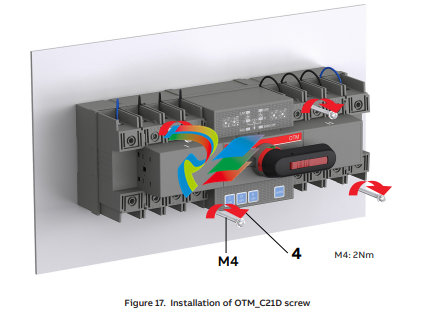
The DIN rail installation mode is as follows: First pry out the latch with an appropriate tool, as shown in Fig. 13
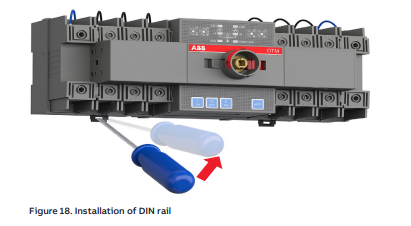
After attaching the switch to the DIN-rail, push the latch back to lock it
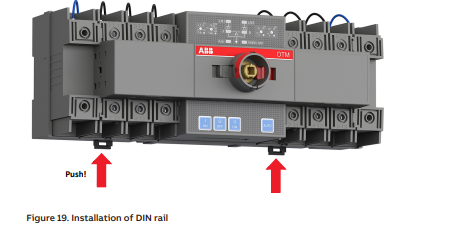
6.2 Installation dimensions
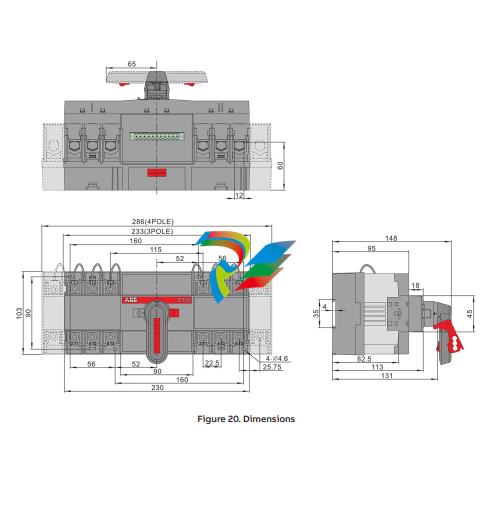
7. Optional accessories
7.1 Bridging bars
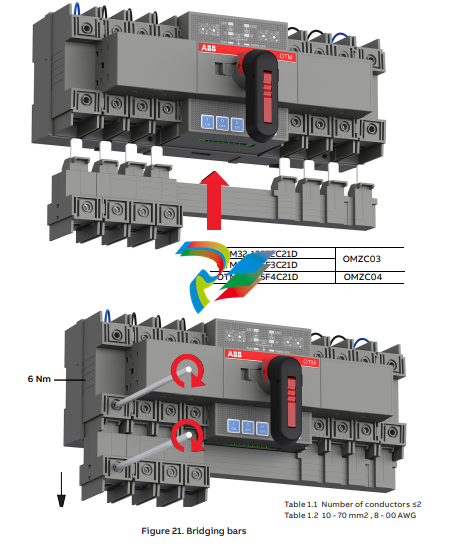
7.2 Terminal shrouds
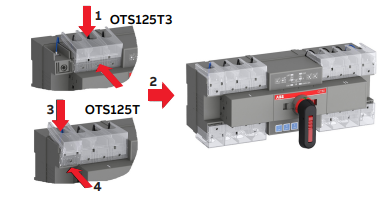
7.3 Auxiliary contact blocks
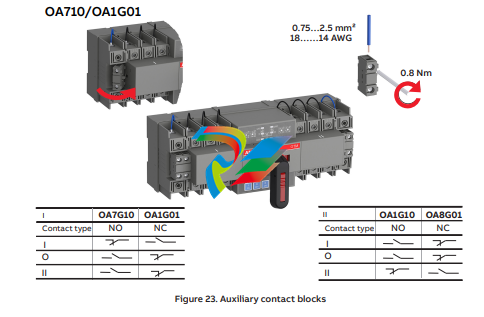
7.4 Modbus communication module
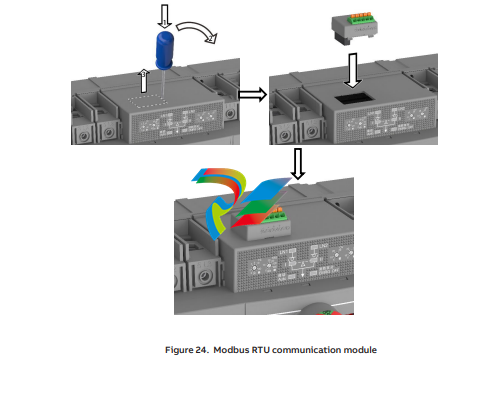
8. Maintenance and common troubleshooting
8.1 Maintenance
To ensure the operation reliability of switches, regular switching tests should be performed (once every 3 months) to confirm normal function.
9. Appendix9.1 Wiring diagram

• Read through this instruction book carefully before working on the switch, and keep this instruction book safe for later reference
• The images provided in this instruction book are for illustration only and may not match the actual product exactly
• This instruction book is subject to change for product updates without prior notice
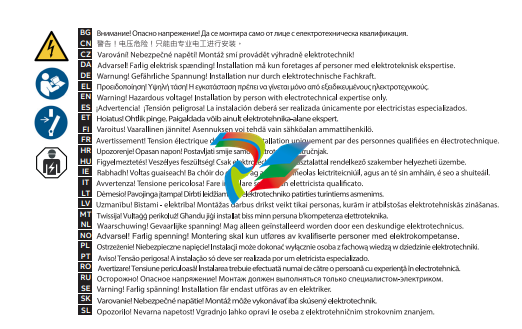

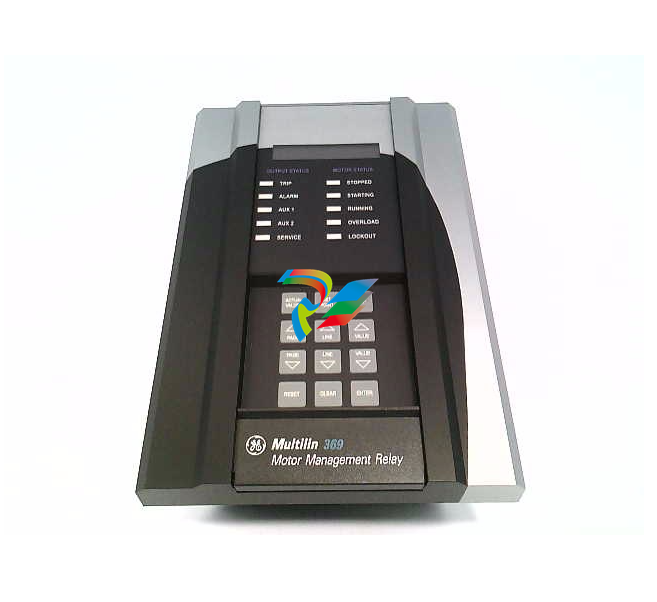
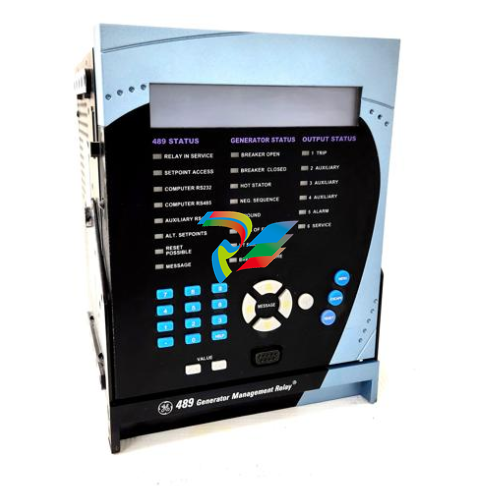



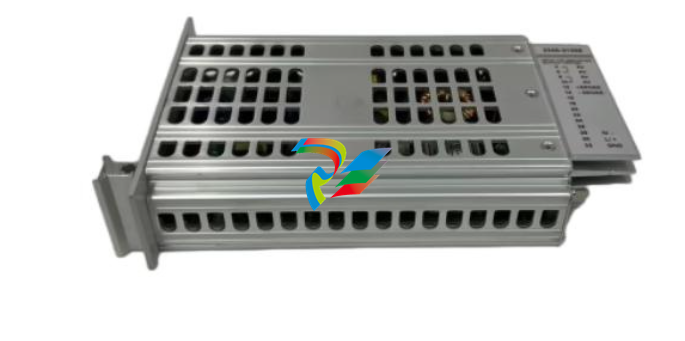


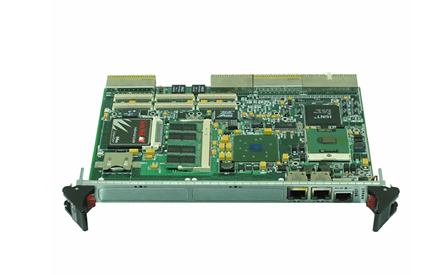
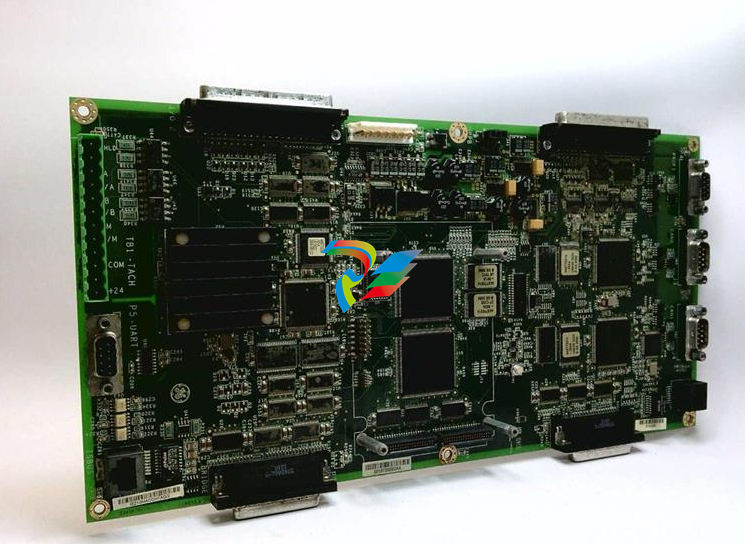


.jpg)

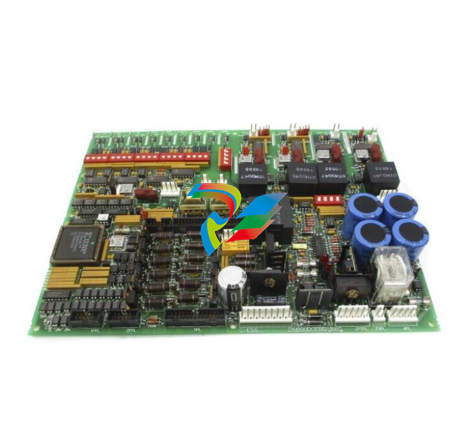

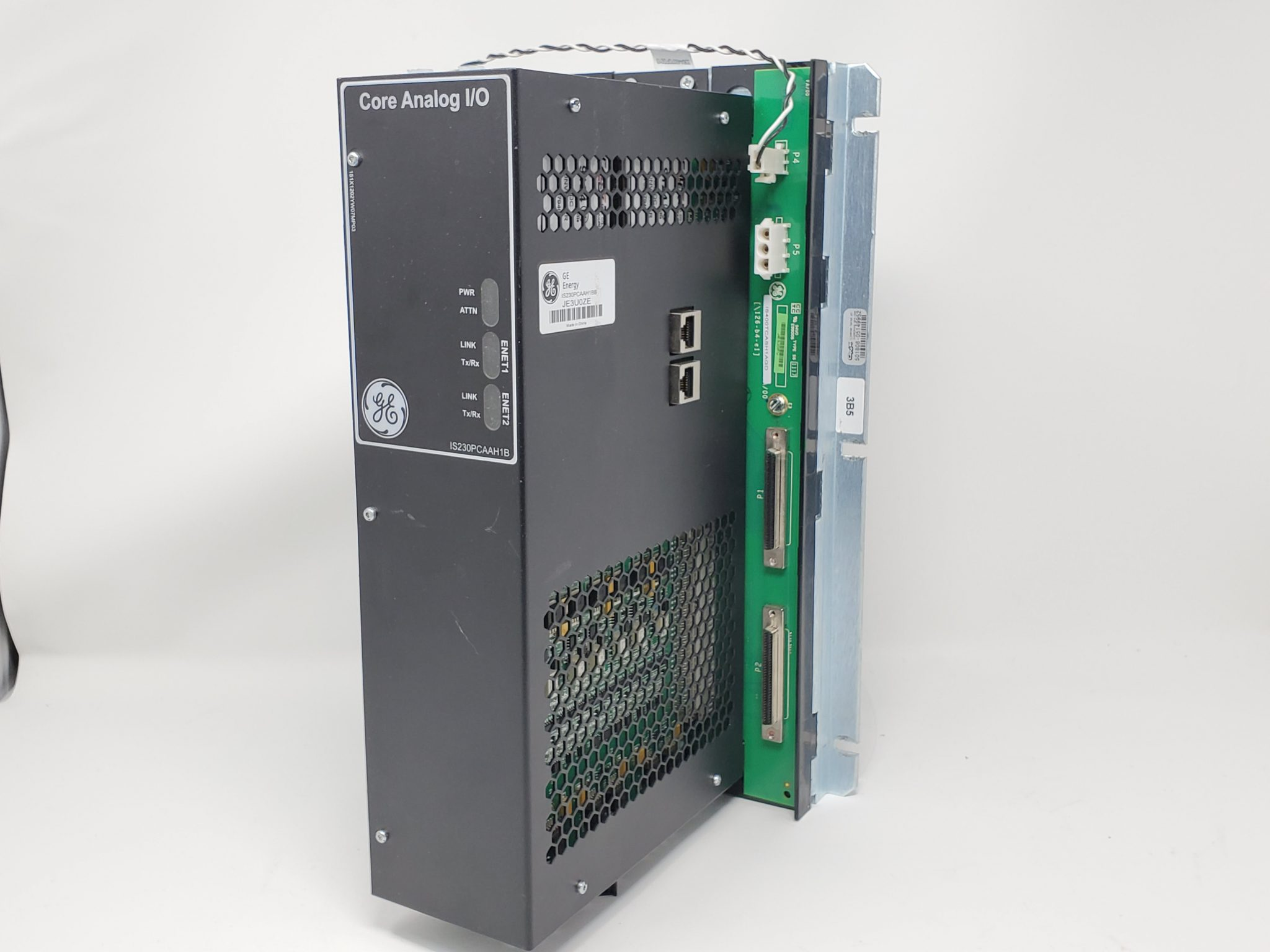

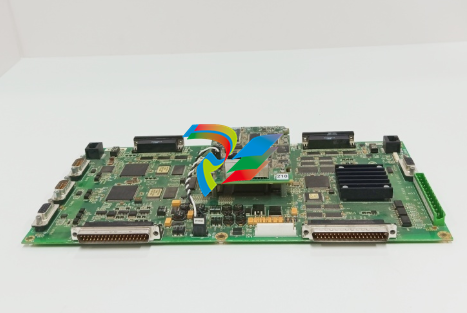
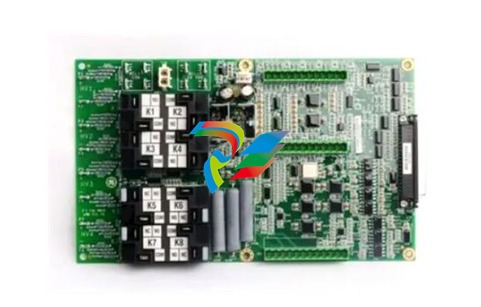
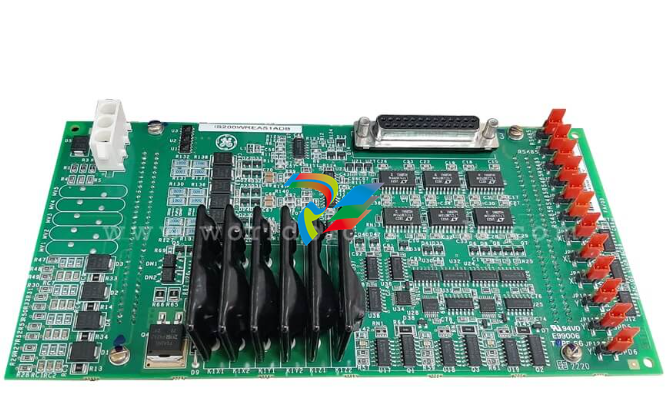
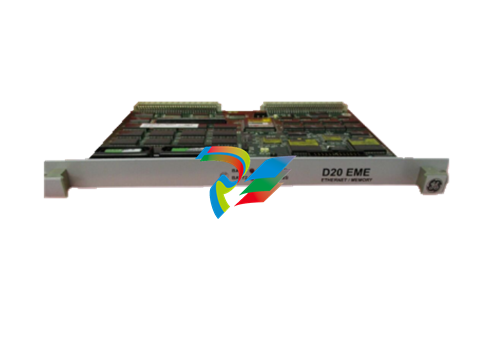
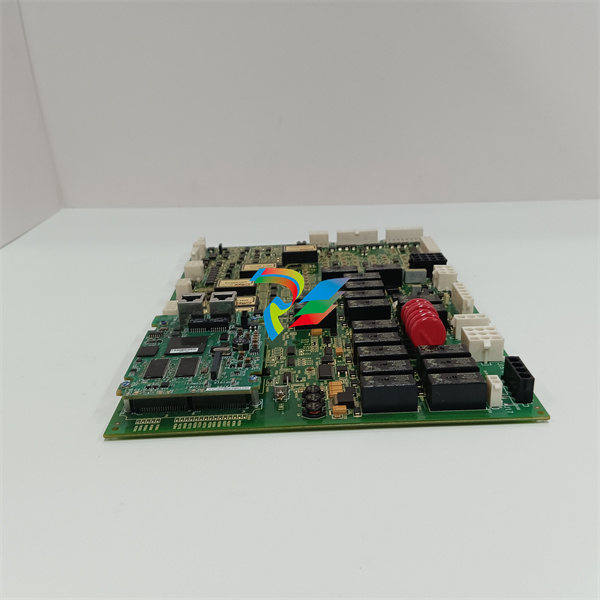
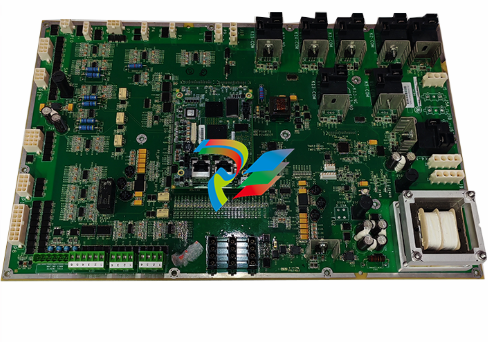
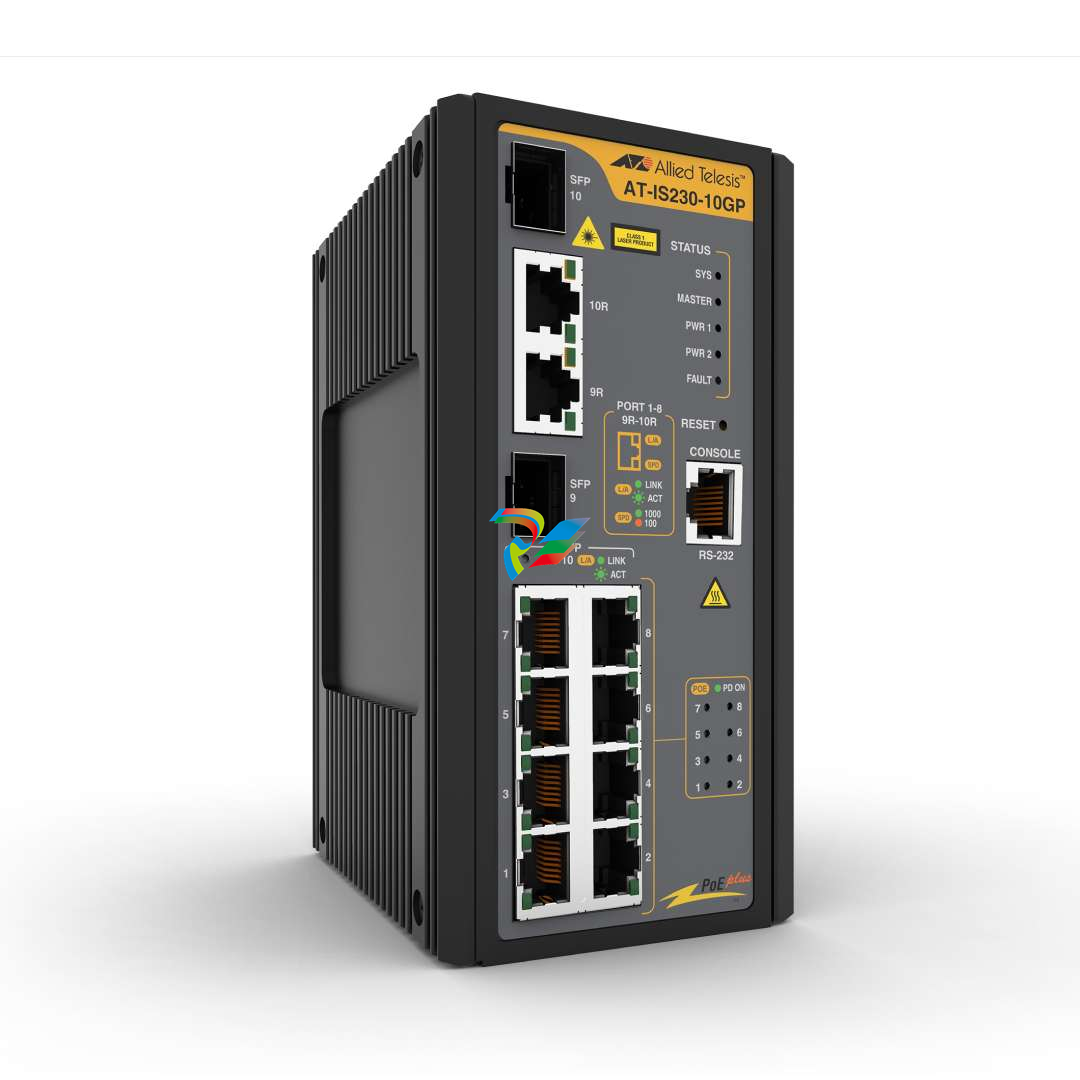
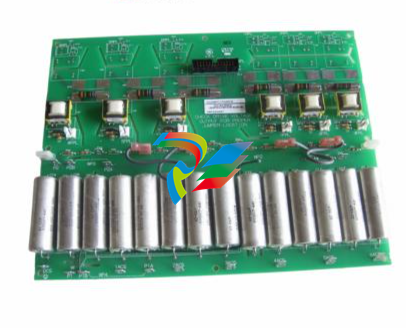

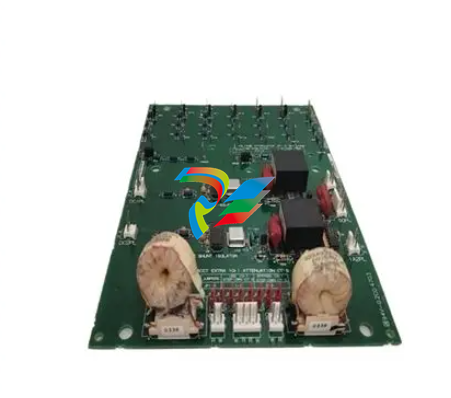

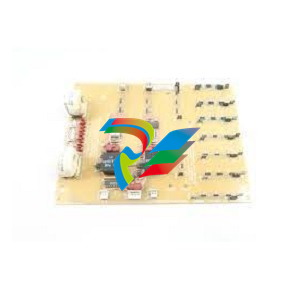

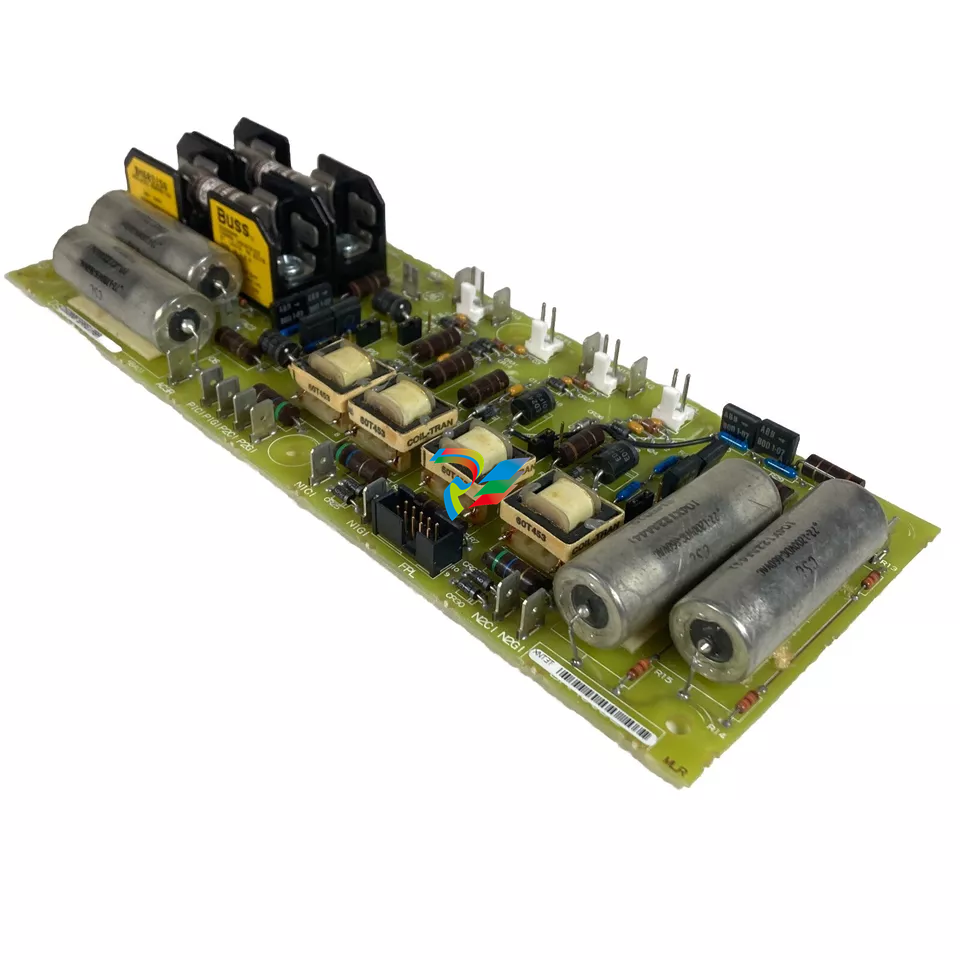
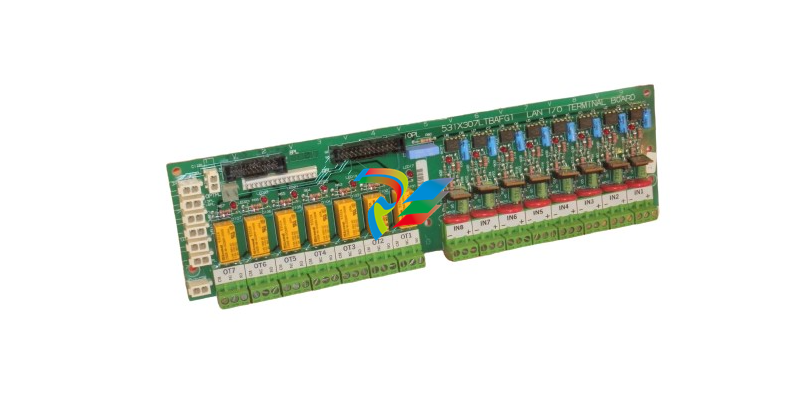



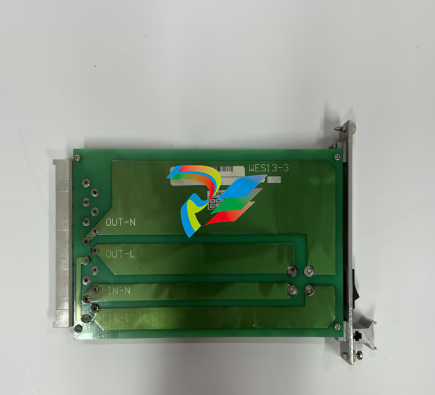

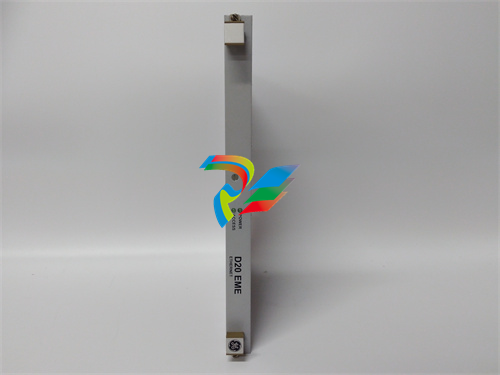
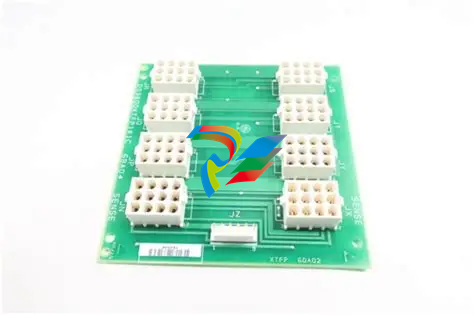






































.jpg)
.jpg)





.jpg)



.png)
.jpg)

.jpg)
_lVjBYb.jpg)

.jpg)
.jpg)



.jpg)
.jpg)









